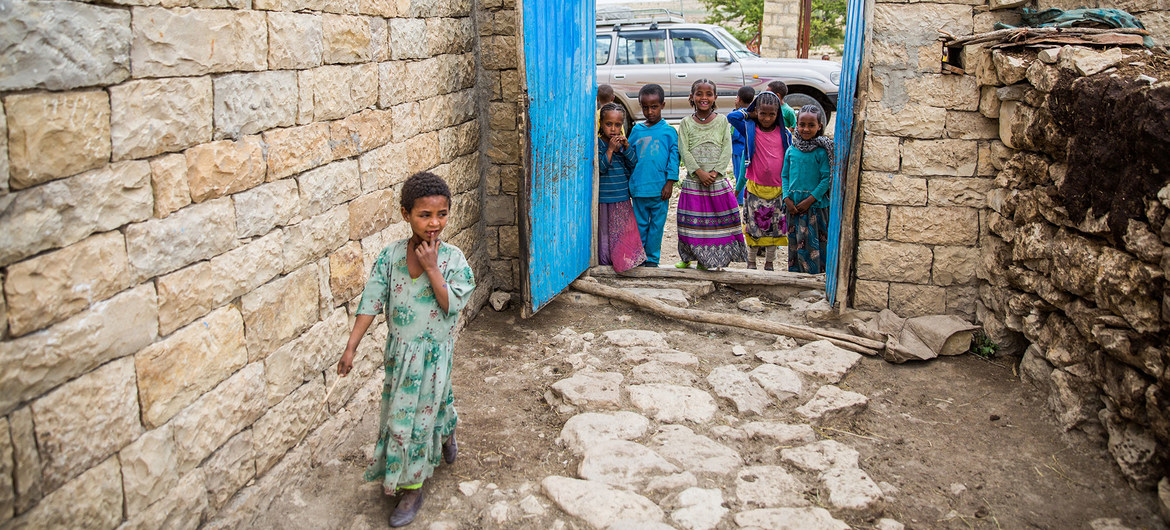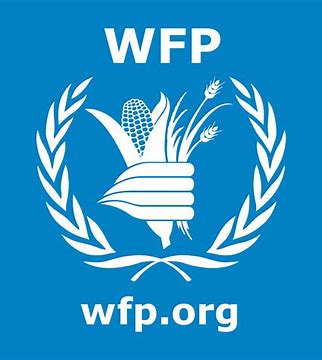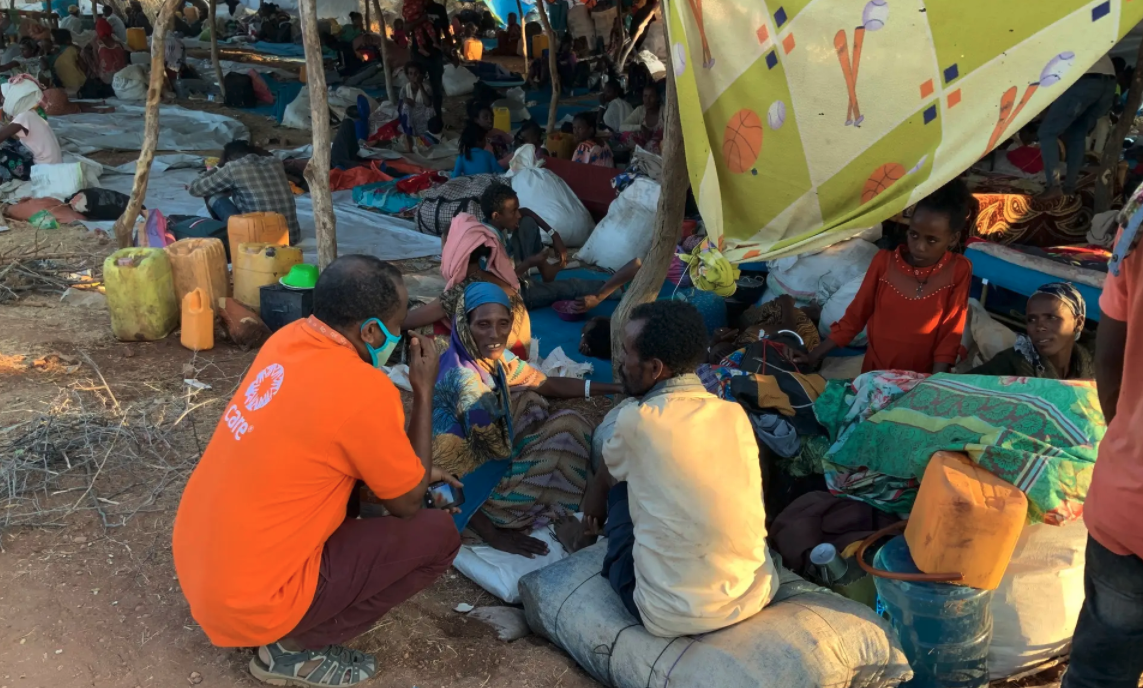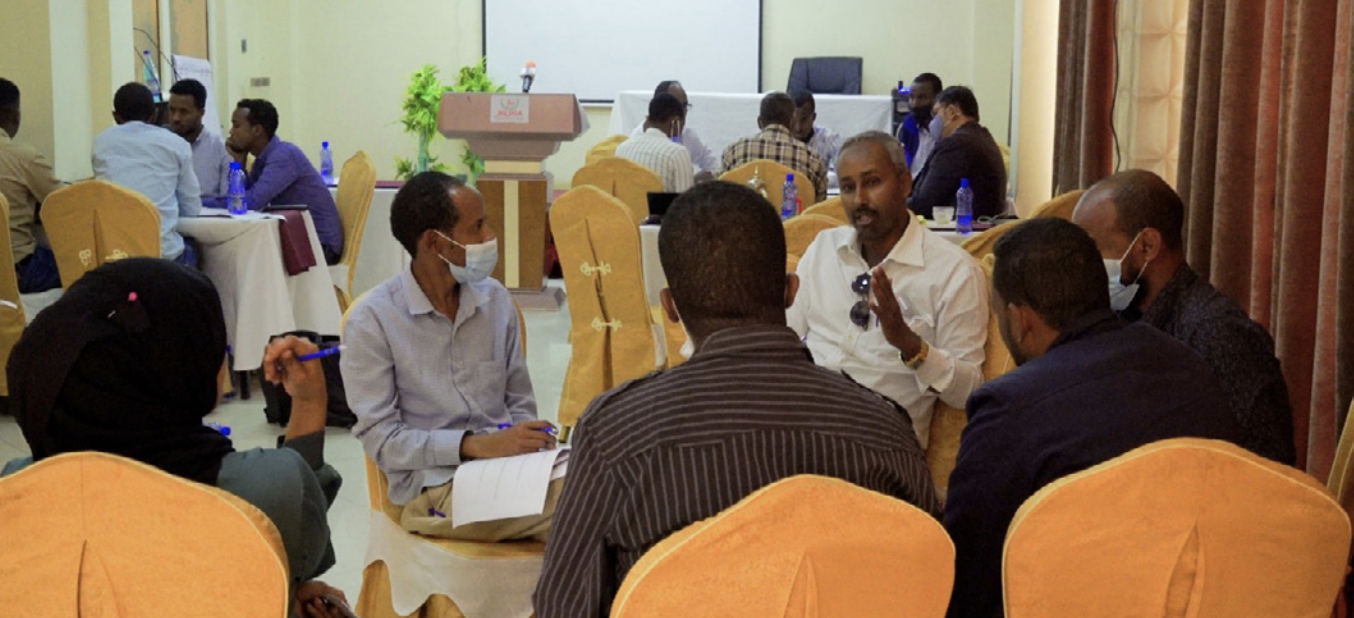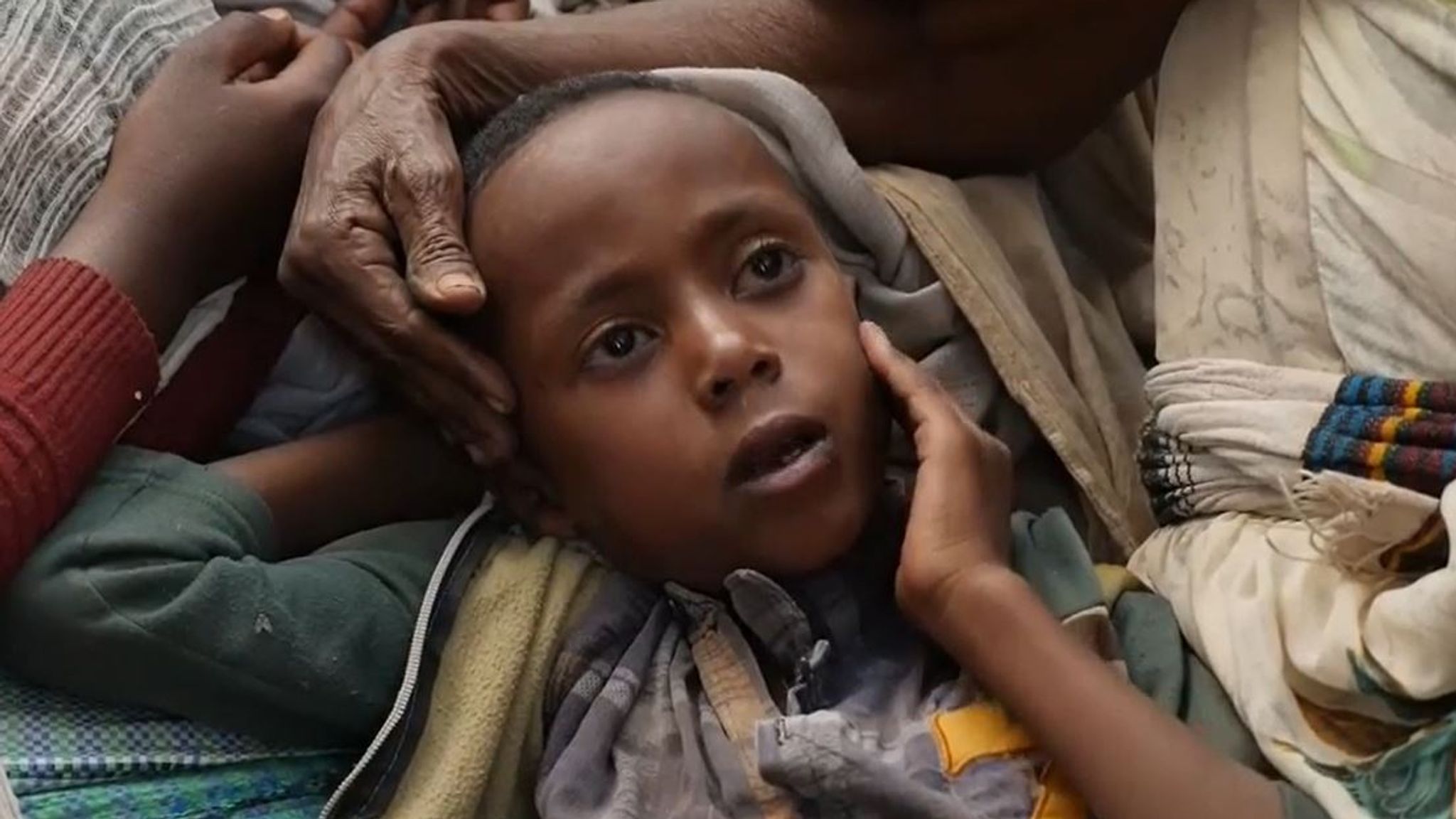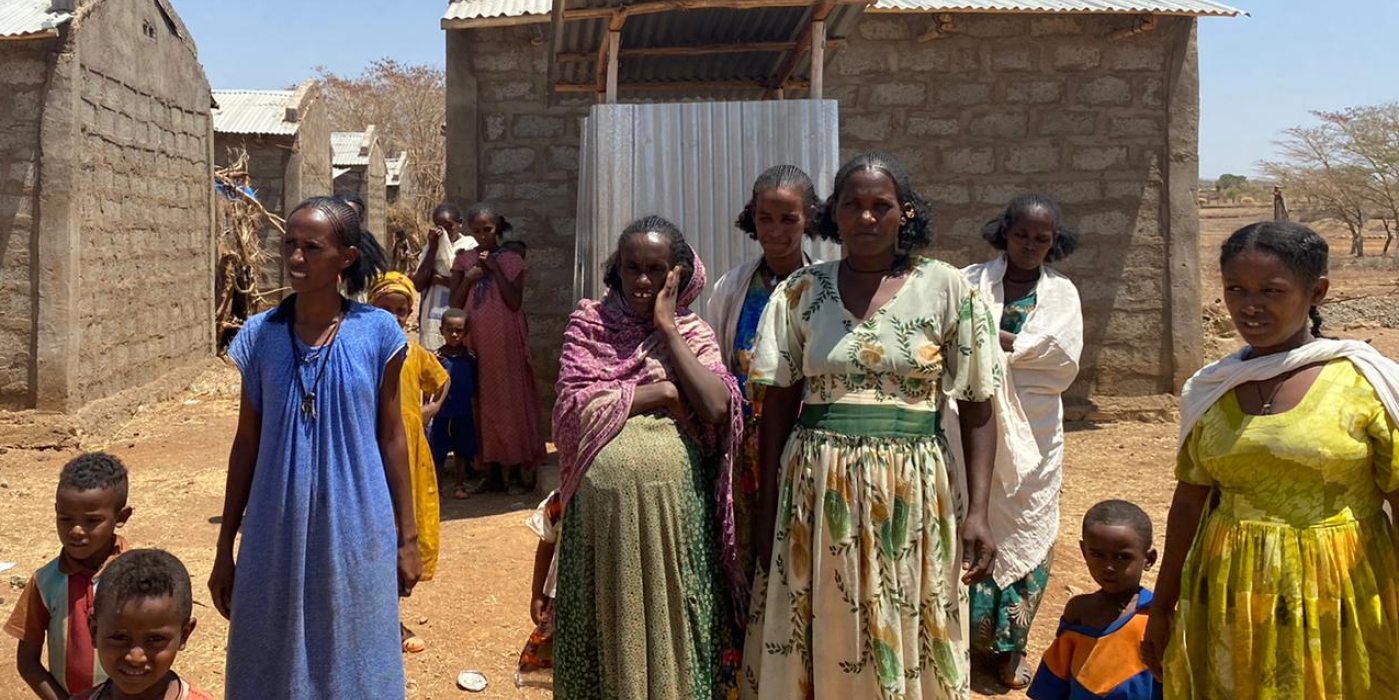He said more than a million people were displaced, noting that fighting was continuing, and security remained a major issue. UNICEF had been “concerned from the onset about the harm that this is going to cause children, and unfortunately such fears are being realized.”
“What is really emerging now is a disturbing picture of severe and ongoing child violations, there is also unfortunately an education and nutrition emergency and I saw extensive destruction to systems on essential services that children rely on.”
